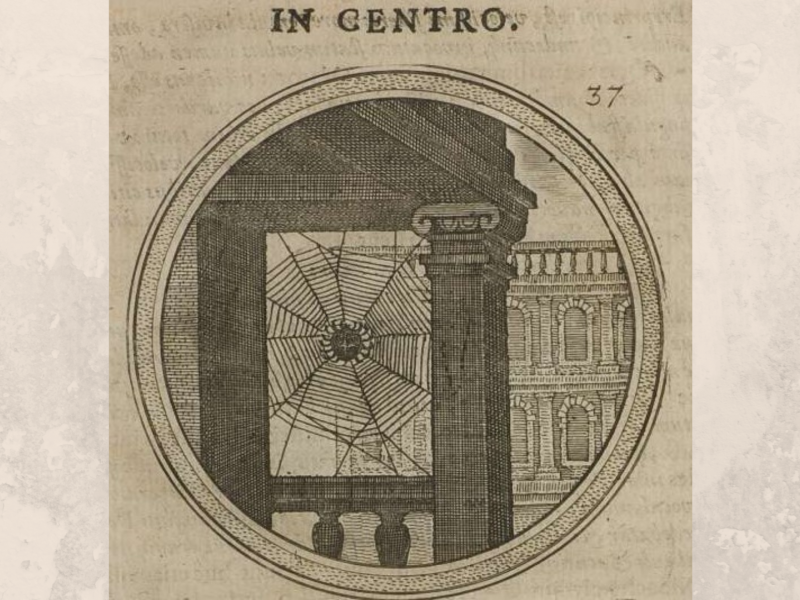Collectors, Collection, Network
A conference on the network implications of collecting practices and collecting research

Date:
30.03.2022 bis 01.04.2022Place:
Herzog August Bibliothek Wolfenbüttel
The conference will take place hybrid. Interested parties can register for the participation link, which will be available a few days before the event, via email at muenkner hab.de (muenkner[at]hab[dot]de).
hab.de (muenkner[at]hab[dot]de).
Organisation: Dr. Joëlle Weis, Dr. Jörn Münkner, Maximilian Görmar
The conference is financially supported by the Dr. phil. Fritz Wiedemann-Stiftung.
Categories:
ConferenceContact:
Dr. Joëlle WeisFurther Information:
Link to the programNet, Collect, Collection
The historical semantics of net refers to the network with meshes and knots. Its associative skopos, catching and collecting something together, has meanwhile expanded. The electronic computer network cannot do without nodes and lines, nor does it carry content together, but it has almost completely absorbed the material robustness of the primordial net. Precisely because the network lends conceptual concreteness to events and states in which something comes together and is linked, it has made a career as a metaphor. Thus it lends itself as a model for networks of people, exchanges of ideas, crowd networking, interlocking and branching object provenances, collecting strategies, and collecting geneses.
The question of how the collected objects relate to one another arises more forcefully than in the case of the network. For a collection is always intentional, its meaning is determined by the calculus of object relations. Collections are not static, they are subject to the passage of time, the collector's will, unforeseen entanglements, they are never closed, always oriented towards growth and change. When collections create relationships of their own objects to each other as well as to objects in other collections, the objects are detached from their original contexts and weave other relationships: Networking thus includes 'de-networking'; collecting always also means the dissolution of collections.

